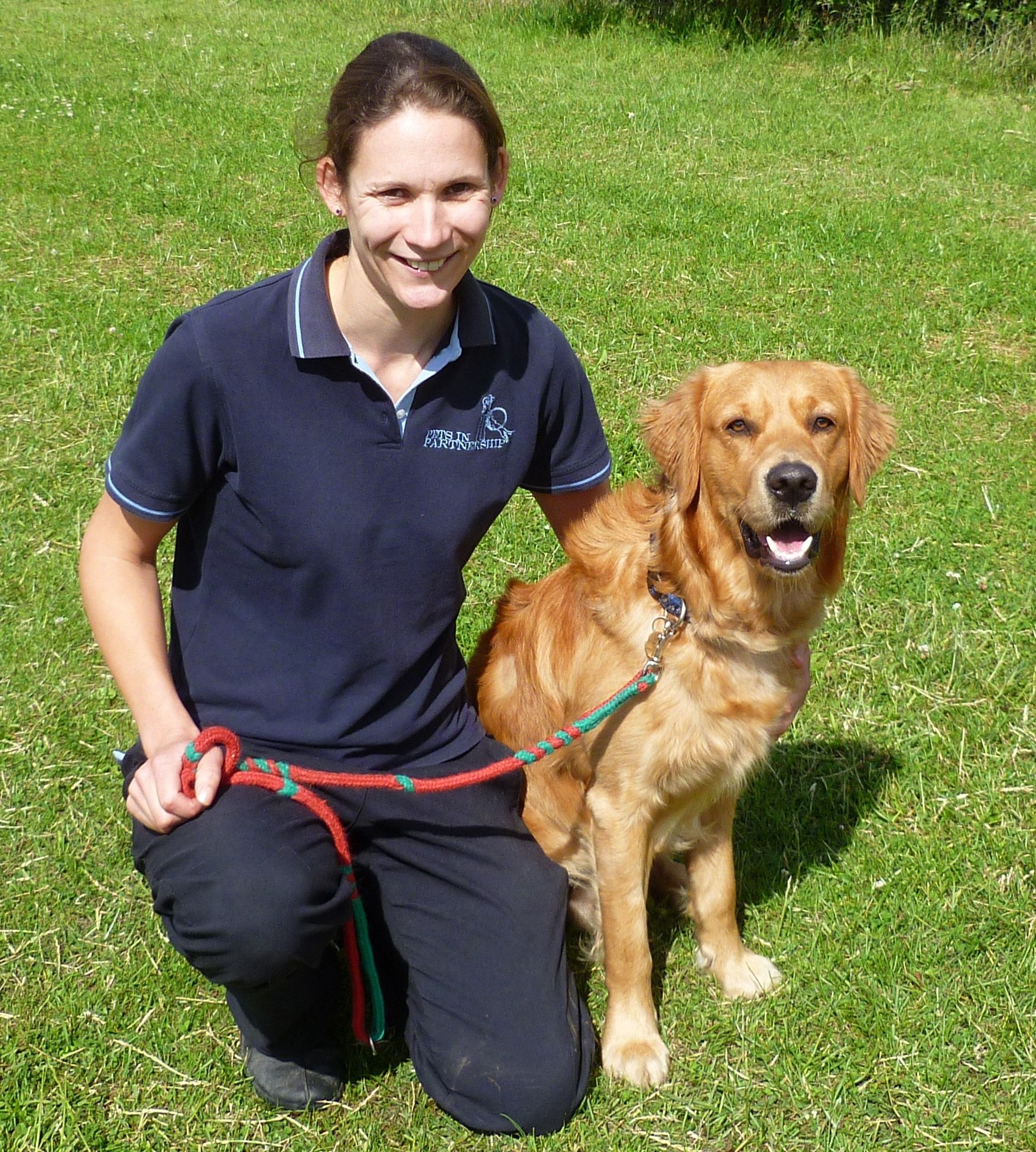Efficient Dog Training For Dogs: Tips for a Well-Behaved Buddy
Efficient Dog Training For Dogs: Tips for a Well-Behaved Buddy
Blog Article
Necessary Dog Training Tips for Raising a Well-Behaved Friend
Crucial techniques such as early socialization, the establishment of regular commands, and the application of positive reinforcement can dramatically affect a canine's behavior and total disposition. Understanding canine actions is critical for tailoring training approaches that reverberate with private dogs.
Recognizing Dog Behavior

Additionally, socialization plays an important role fit a canine's habits. Exposure to numerous settings, individuals, and other animals helps canines develop confidence and decreases the possibility of fear-based reactions. Early socialization is specifically vital, as experiences throughout the critical growth period substantially influence a canine's long-lasting actions.
Furthermore, comprehending the principles of learning concept-- such as favorable reinforcement, negative support, and punishment-- can boost training efficiency. Pet dogs are most likely to duplicate actions that produce favorable results. Therefore, using constant, reward-based training techniques fosters a trusting partnership between the pet and its trainer.
Standard Commands to Educate
Showing fundamental commands is an important structure for effective pet dog training and communication. Dog Training For Dogs. These commands not just assist establish a clear line of interaction between you and your pet, however they also advertise security and good actions in different situations
Beginning with essential commands such as "Sit," "Stay," "Come," "Down," and "Heel." Each command offers a certain function; for instance, "Sit" can aid calm a fired up canine, while "Come" is vital for ensuring your dog returns to you when called.
When presenting a new command, make use of a clear and constant tone. Always couple the verbal command with a hand signal to enhance understanding. Practice in a peaceful setting before progressively introducing diversions. Gradually boost the period and distance as your pet dog becomes much more proficient.
Uniformity is key; method regulates day-to-day to enhance learning, and make sure all household participants use the same commands to prevent confusion. Bear in mind that perseverance is necessary during this process, as various pets may learn at different speeds. Establishing these fundamental commands advertises an unified relationship and sets the stage for even more innovative training in the future.
Favorable Support Techniques
Positive reinforcement methods are very reliable approaches for encouraging preferred actions in pets. This training approach involves gratifying your canine for displaying behaviors you wish to reinforce, thereby increasing the chance of those habits being repeated. Benefits can take numerous kinds, consisting of deals with, praise, or playtime, and should be customized to what encourages your pet dog most.
Timing is crucial in favorable support. Benefits should be given immediately after the wanted habits happens to create a clear organization. If you desire your pet to sit on command, reward them as soon as they rest, guaranteeing they understand what action is being reinforced.
Consistency is an additional essential component. Dog Training For Dogs. Utilize the very same commands and benefits each time to stay clear of complication. Progressively, you can terminate treats for more periodic incentives, such as spoken praise, to preserve the behavior without relying upon continuous exterior reinforcement
In addition, it is essential to remain person and avoid penalty, as negative support can lead to be afraid and anxiety, eventually hindering training initiatives. By implementing favorable support techniques, you will certainly foster a trusting partnership with your canine, causing a well-behaved buddy.
Socializing and Interaction
Socialization and communication are fundamental elements of a pet's development that complement favorable support techniques. Very early direct exposure to diverse atmospheres, individuals, and various other animals is important for cultivating a well-adjusted pet. This process aids pets develop confidence and flexibility, reducing the possibility of behavioral problems such as anxiety or aggression.
Begin socialization during the important developing home window, typically between three and fourteen weeks of age. Introduce your young puppy to numerous stimulations, these details consisting of various audios, sights, and textures. Enroll in young puppy classes or organize monitored playdates with various other pet dogs to urge favorable communications.
As pet dogs expand, remain to reveal them to diverse experiences. Tasks such as brows through to parks, pet-friendly shops, or area occasions can boost their social abilities and convenience degrees in description strange setups.
Constantly check communications to guarantee they are hassle-free and positive. Steadly reroute them and enable for progressive exposure at a comfy rate if your pet dog displays signs of anxiousness or aggressiveness. With consistent socializing and communication, you lay the groundwork for a balanced, mannerly buddy efficient in growing in varied social circumstances.
Consistency in Training
Developing consistency in training is crucial for efficient interaction between a pet and its proprietor. Pet dogs prosper on clear and regular expectations, which aids them recognize what actions is preferred.
Consistency additionally extends past commands; it incorporates the guidelines established within the home. As an example, if a pet is not enabled on the furnishings, this guideline needs to be enforced whatsoever times. Blended signals can bring about behavioral issues, as the pet dog might come to be unpredictable regarding what serves.
Furthermore, all member of the family must get on the very same page concerning training methods and commands. The canine may end up being disoriented and nervous. if one individual compensates an actions while an additional lectures it.
Conclusion
In final thought, executing important dog training pointers promotes a well-behaved friend. Eventually, these methods grow a trusting relationship in between the canine and its family, advertising a harmonious living setting and a well-adjusted canine buddy.
Important strategies such as early socialization, the facility official source of consistent commands, and the execution of positive support can substantially influence a pet dog's behavior and total disposition. Recognizing canine behavior is critical for tailoring training approaches that reverberate with individual pet dogs.Understanding canine habits is essential for reliable dog training. Pet dogs are more likely to duplicate behaviors that produce positive results.Favorable reinforcement methods are very efficient approaches for encouraging preferred actions in canines.
Report this page